For reasons beyond me, in Japan, it is mistakenly believed that Thai people eat pakuchi (coriander) all the time. For Thai people, Japan’s pakuchi craze seems really crazy; we may use pakuchi in cooking but it’s not the spice of our lives. It’s not our main staple either.

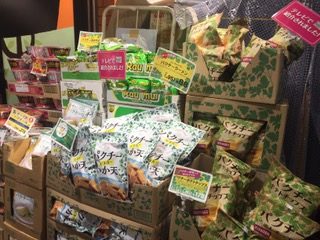
Pakuchi or ‘パクチー’ is derived from a Thai sounding word ‘Pakchee’ meaning coriander. It is an herb seen in many Thai dishes, either sprinkled on top or put in the soup. When I first moved to the Tokyo vicinity in 2011, it was actually the first time I saw pakuchi sold in supermarkets and even spelled with a Thai sound. I was very surprised to see the Japanese knew of the existence of this little herb we find so cheaply anywhere in Thailand.
In reality, pakuchi is nowhere near a vital part of Thai food ingredients. True, we sometimes grind the roots of pakuchi and mix it with other ingredients to create a curry paste, since this herb gives the paste a nice flavor and smell. In day to day usage, we usually just put a few leaves on top of a finished dish for decoration. When I was growing up, there was even a proverb in Thailand that says ‘Sprinkle pakuchi on top’. This applies to situations when you decorate something to make it look nice or sometimes even to cover up something. At school, we used this proverb at times such as when we knew a teacher was going to come by and check up on us. As you would imagine, we cleaned up the classroom, sat straight, and maybe pretended to be doing some work — that is metaphorically the real role of pakuchi in Thai cooking. We see it a lot but we never see piles of it in our food.
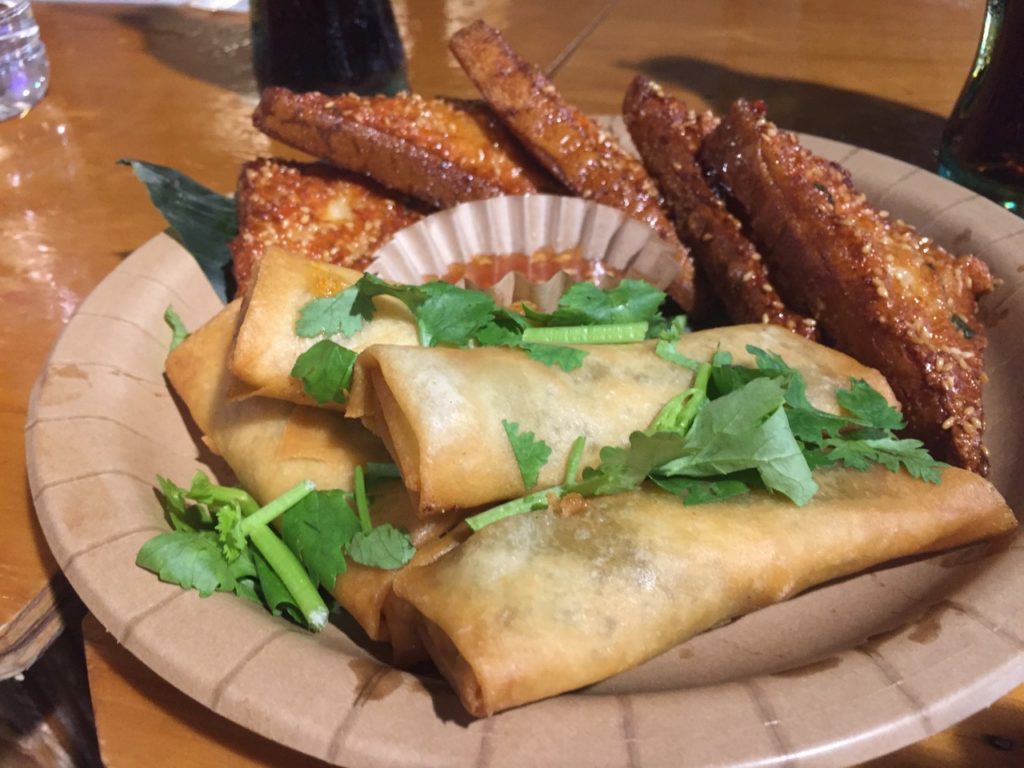
In recent years, I have been noticing a growing trend of people eating pakuchi in Japan. Many people here also asked me about it thinking that it is Thai food and I always explain that it is like a garnish, similar to parsley or green onions (ネギ negi) in Japan. The trend really startled me but at the same time, I was amazed by the variety of pakuchi products available. From pakuchi chips, soup, ramen, spicy sauce, fried rice, spring rolls, porridge to even pakuchi candies. There are even pakuchi specialty restaurants with menus such as pakuchi salad, tempura, stir-fried pakuchi, and pakuchi cheese. Some places also serve drinks like pakuchi mojito or pakuchi lassi. On top of that, pakuchi cheesecake and other pakuchi flavored desserts are also on the menu. As I saw once on TV, a Japanese TV star came out to a cooking show and taught people how to make ‘pakuchi fried rice’ with more pakuchi than I had ever eaten in my life.
Like many Thais who travelled here, my first reaction was ‘is this for real?’. This was ollowed by about 5 minutes of laughter and probably another 5 minutes of instagram photo snapping time. What pops up in our heads when Thai people think about pakuchi isn’t ‘yummmy’, it is more of an ‘ewww’, which is probably a universal reaction people would have when thinking about eating a huge amount of garnish alone as it is. It took me literally years to finally decide to try some myself.
I have to admit, I liked it. Pakuchi dishes turn out to be really good..
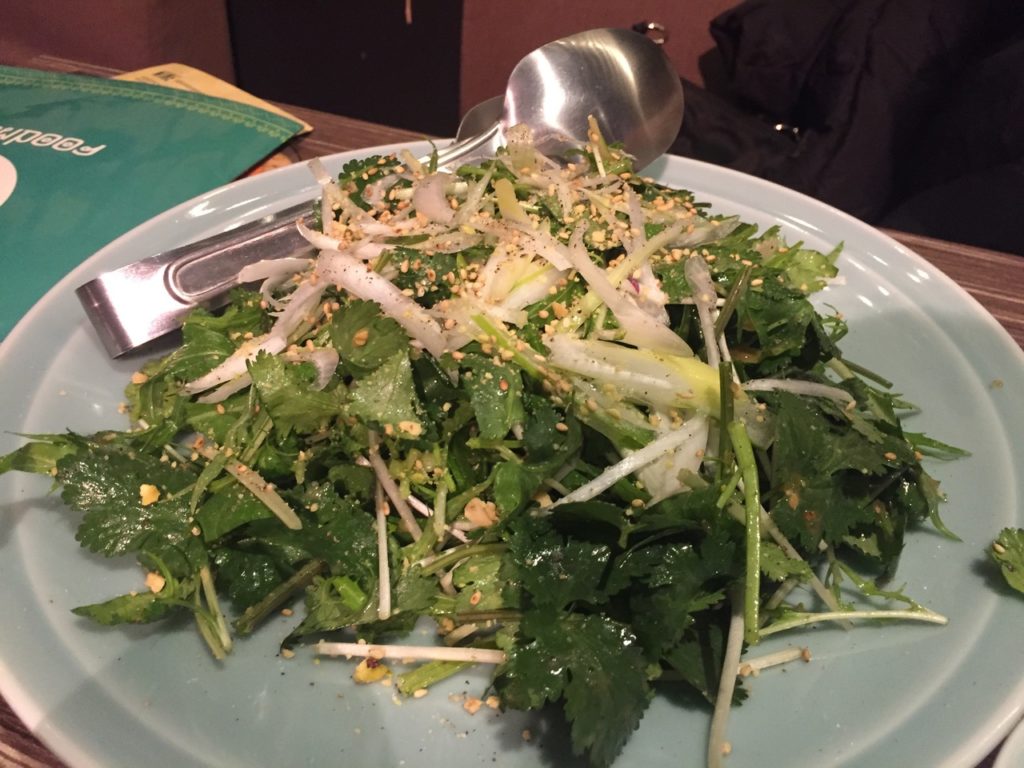
First, I visited Coffee Kaldi to, a shop full of delicious food ingredients for many ethic cuisines. At Kaldi, there are many lines of pakuchi products. I tried pakuchi fried rice, chips, porridge (though this says Vietnamese soup) and pakuchi noodles. And the result was far beyond what I imagined — they were all good. I also found my winner — Pakuchi potato chips (パクチーポテトチップス). They tastes salty, earthy with a little bit of sweetness and tint of (very) nice pakuchi smell. I am now a regular repeat pakuchi potato chips eater. My only complaint would be that the bag is too small — not enough chips. I found Vietnamese pakuchi porridge and pakuchi fried rice to be very tasty — I like to have the porridge for breakfast especially. Some other products could be some hits and misses but what surprises me the most is that nothing really tastes bad. I was so sure it would all taste horrible but as it turned out, it was not. Only the pakuchi chips and pakuchi cheese in the photo below are what I would not recommend.
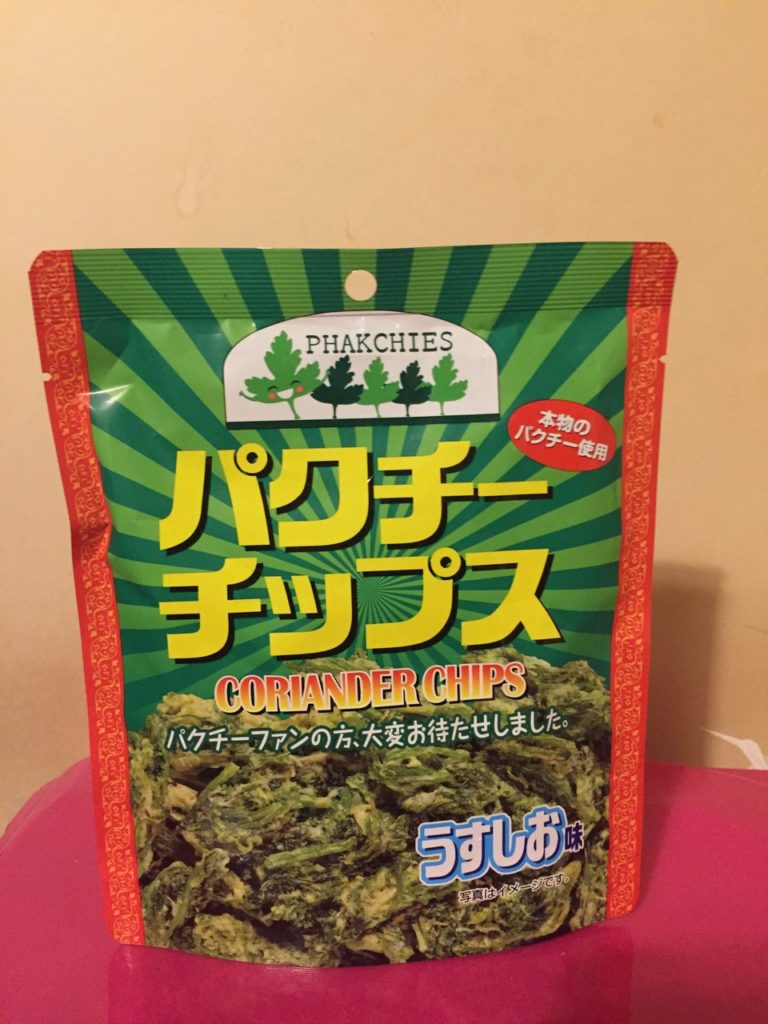
I tried going to Pakuchi restaurants. Each restaurants has quite a different menu. But just seeing ‘pakuchi salad’ on the menu just blew my mind away. There is no way you can find this menu anywhere in Thailand. There are many interesting menus. I have tried: pakuchi stirred fried, pakuchi beef tongue, pakuchi cheese dakkalbi, pakuchi roots tempura, pakuchi chichimi, pakuchi spring rolls, pakuchi gyoza, and others. For desserts, I even got to try pakuchi cheesecake. For drinks, I got pakuchi mojito and pakuchi lassi. I have to say that they are all very delicious but it takes many plates to feel full as pakuchi is very light. It is hard to pick a favorite but mine would probably be pakuchi roots tempura, pakuchi chichimi, and pakuchi cheesecake. What makes it good is how pakuchi has a faintly sweet taste with a lovely smell. Who would have imagined it to be this tasty.
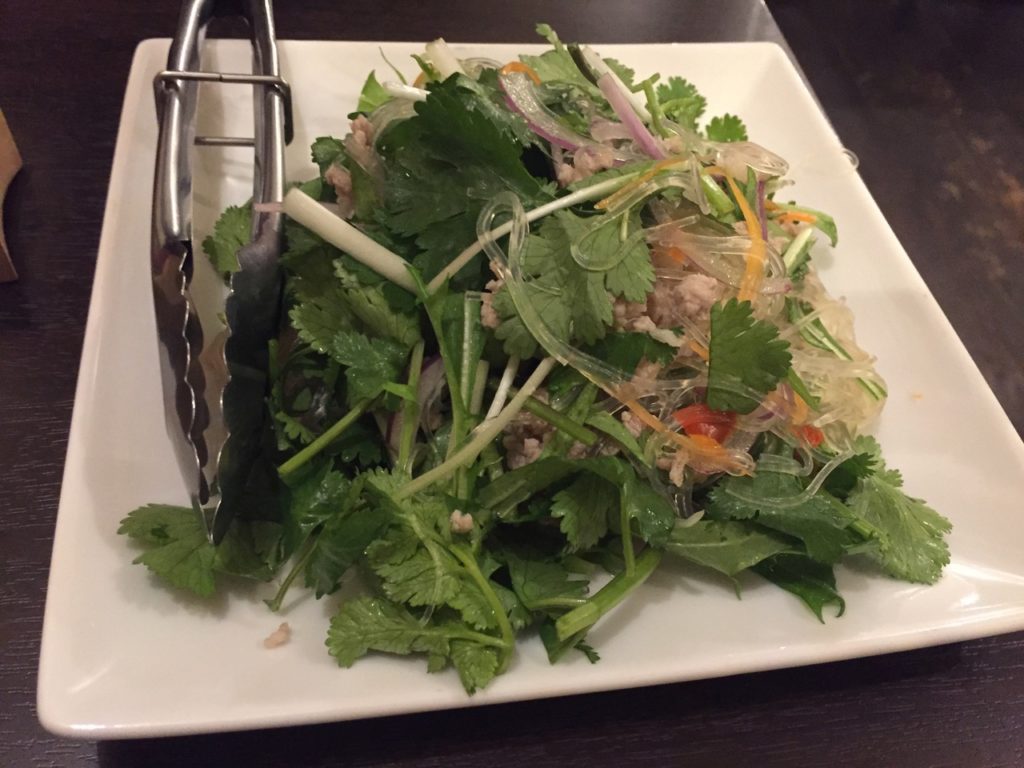
Some side info I learned from the Japanese friend I went to one restaurant with; she told me that there have been a lot of research about pakuchi in Japan. It is believed to have a lot of nutrition that is good for health and the Japanese also believe that that is why Thai people are skinny. I don’t know if either of these theories is true. She also explained that in Japan, girls who say they like pakuchi are considered cute; they’re considered to be the same type of girls who say their favorite color is pink.
Despite me finding pakuchi products here delicious, none of my friends back home believe me. Their reactions to my social media posts were skeptical, awkward, horrified, or some just burst out laughing — all of which were my reactions before I actually had a taste. Japan is a master of strange productions of things. I am still amazed at how they can turn a garnish like pakuchi into delicious dishes. Next time I visit home, I will make sure to pack a suitcase full of pakuchi chips for people to try. I challenge you readers to try pakuchi here as well. By the way, just be sure not to order pakuchi salad in Thailand, people will just think you’re clueless or weird or both.
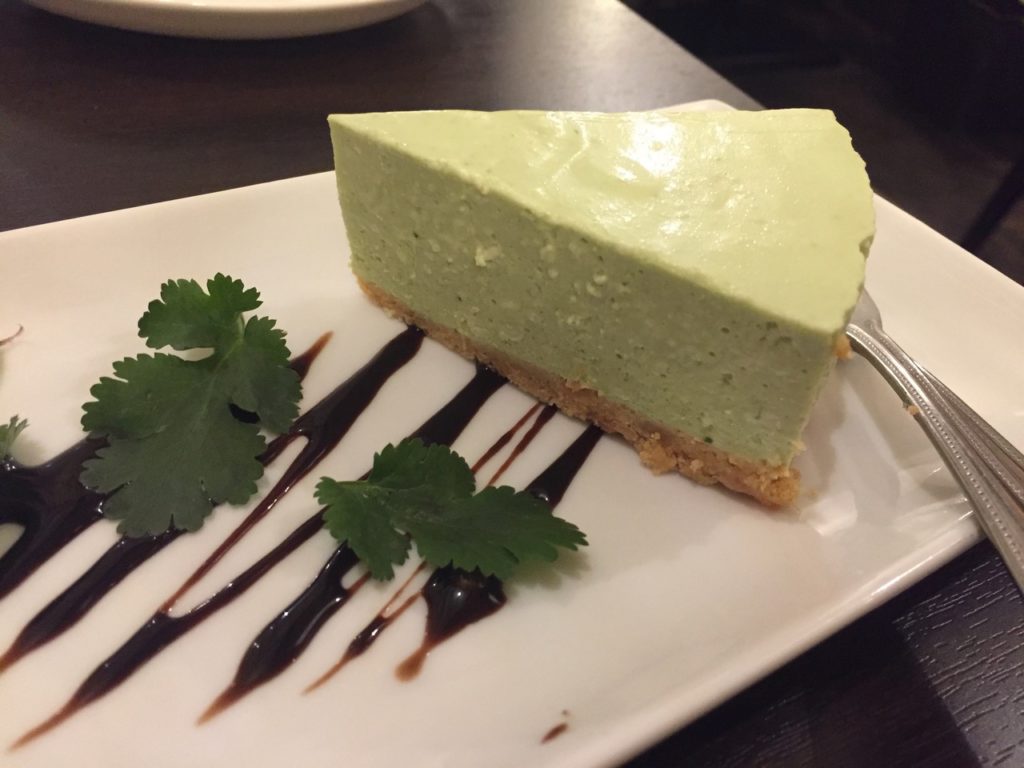
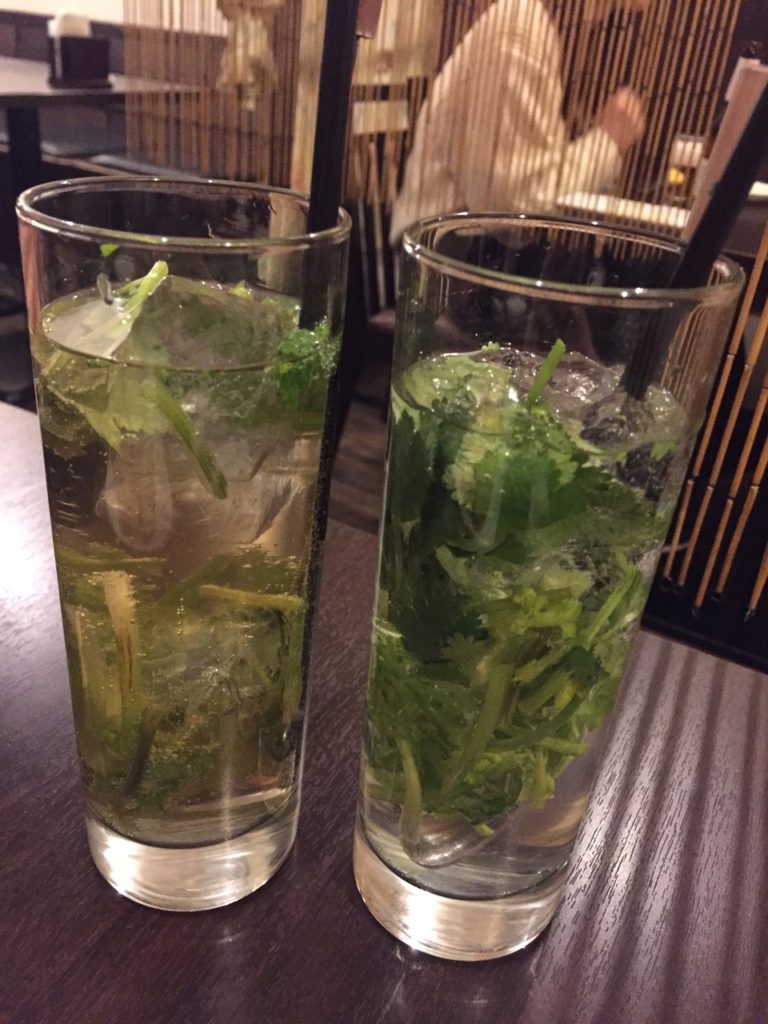

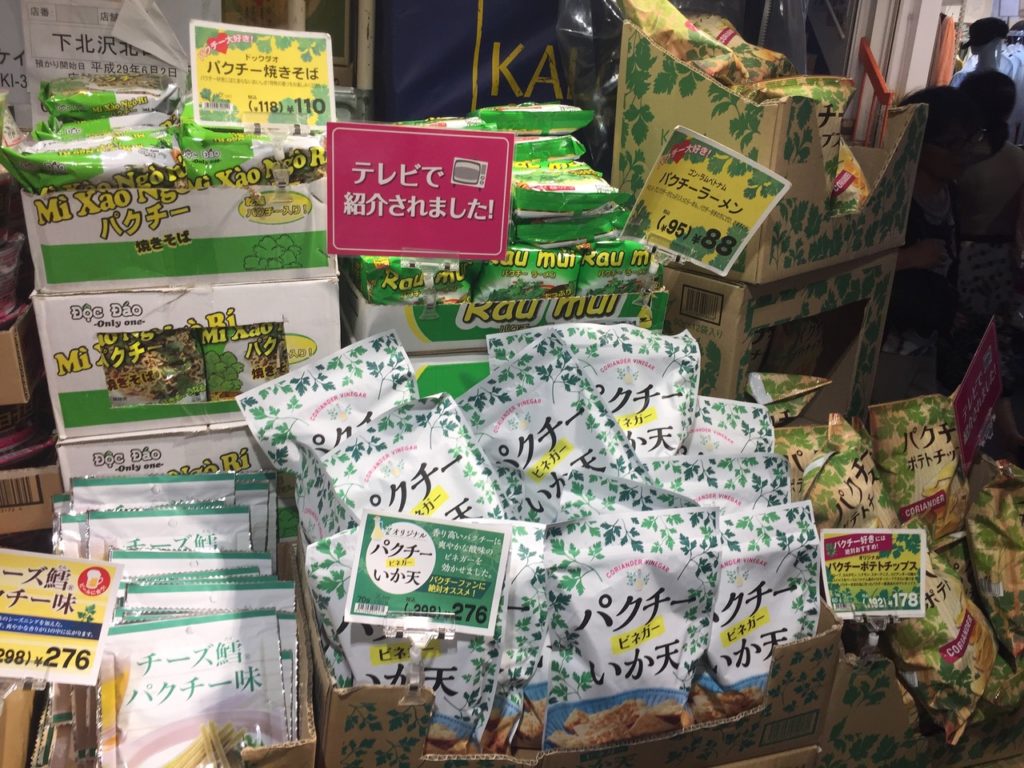
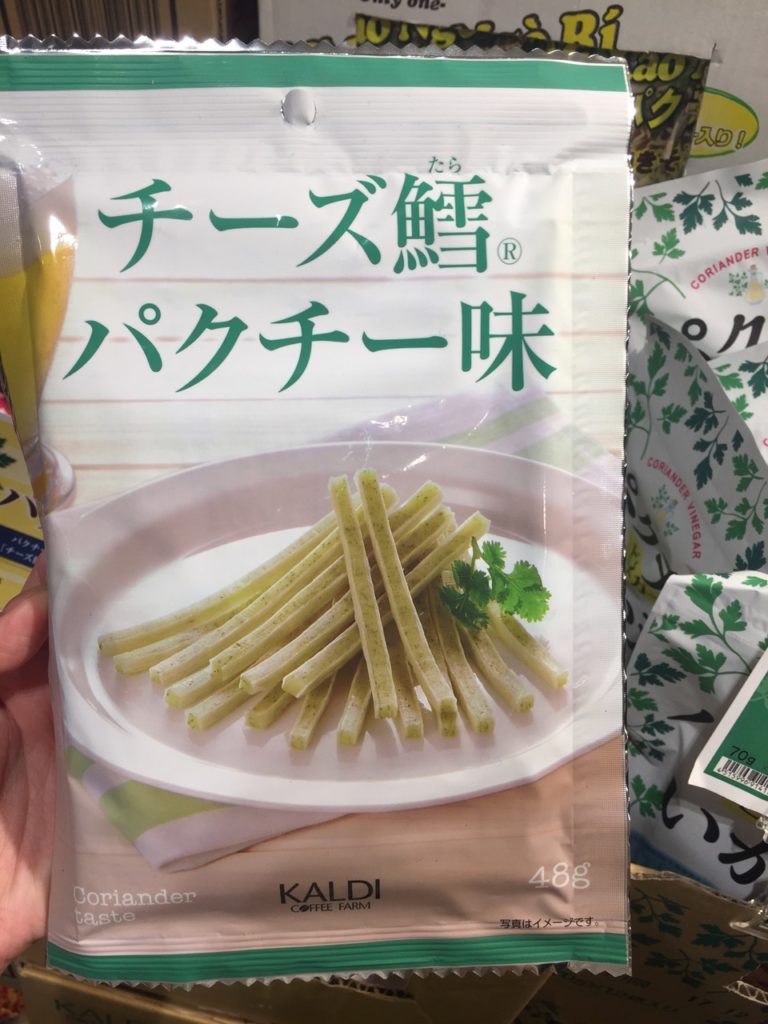
The strange thing is that – until comparatively recently – Japanese (especially women) refused to eat pakuchi. I lived here until 2011, and when I left you would hardly ever see it on a menu. When I came back in 2016, I found it all over the place. Maybe, as you suggest, someone found out that it was good for you (and slimming!).
I’m one of those people with the gene that makes cilantro taste REALLY AWFUL. I am dismayed that it has been getting into so many different cuisines and dishes. I know several others with this problem. I would like to this trend reversed, or at least be warned the cilantro is in the dish or have the cilantro served on the side.
[…] Japan, cilantro is known as pakuchi, and food manufacturers and restaurants have experimented on using the herb in recipes for anything […]
[…] japan, Coriander is known as PakuchiAnd meals producers and eating places have experimented with utilizing herbs in recipes for […]
[…] In Japan, cilantro is named pakuchi, and meals producers and eating places have experimented on utilizing the herb in recipes for something from ice cream to cheese. […]